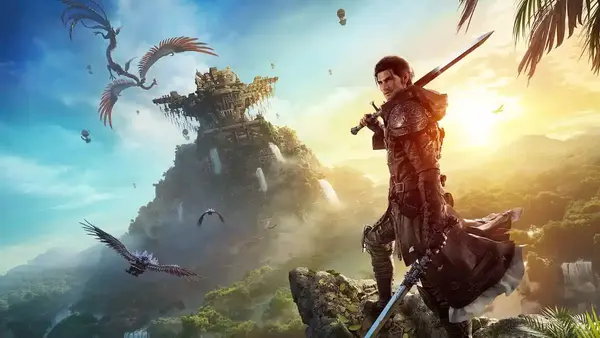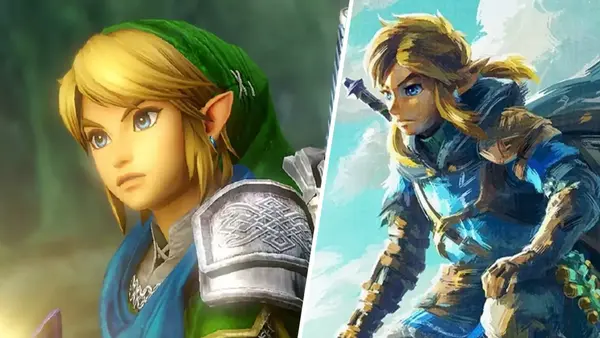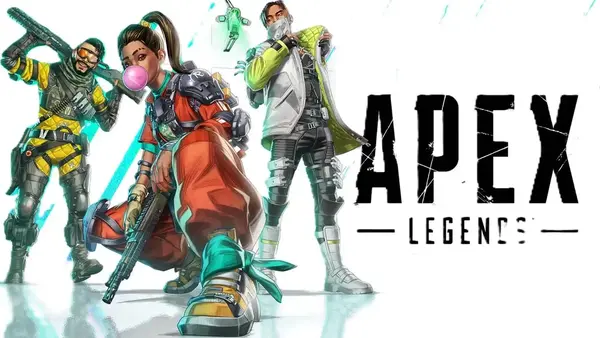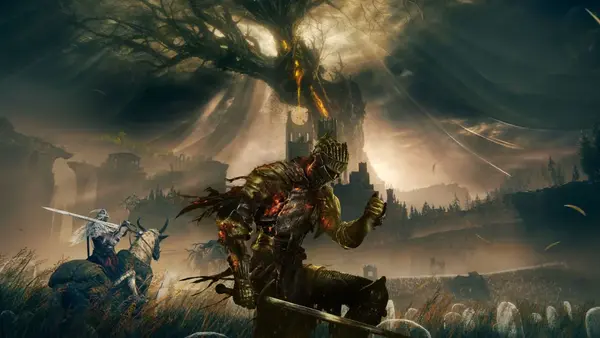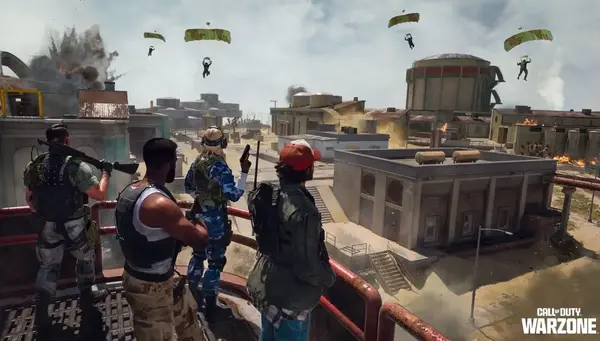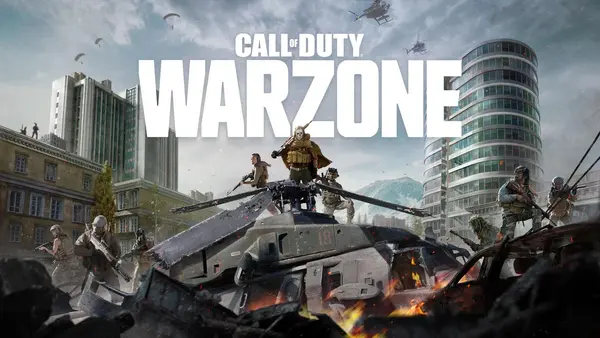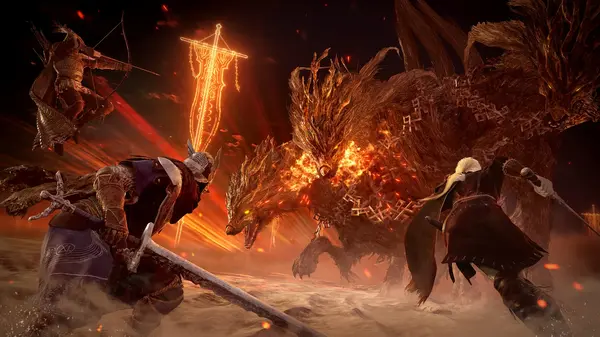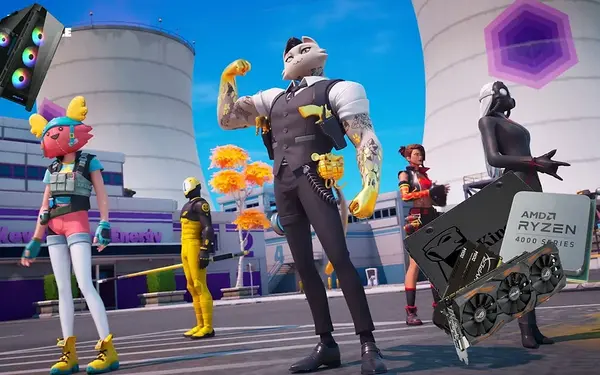Few games have influenced popular culture, online gaming, and digital entertainment as profoundly as Fortnite. Created by Epic Games, Fortnite debuted in 2017 and quickly exploded into a phenomenon, blending fast-paced combat, building mechanics, and live in-game events like no other game before it.
While often categorized as a battle royale, Fortnite has evolved into a metaverse-style platform—featuring concerts, creative tools, competitive esports, and deep lore across multiple game modes. This review explores Fortnite’s history, gameplay mechanics, content strategy, monetization, and why it remains one of the most-played and most-watched games in 2025.
1. Origins and Early Development (2011–2017)
Early Concepts and Save the World Mode
Fortnite was first revealed in 2011 at the Spike Video Game Awards as a co-op base-building shooter. The original mode, now known as Save the World, launched in July 2017. Players defended against waves of zombie-like creatures (Husks), gathered resources, and built elaborate forts.
Though well-received by PvE enthusiasts, Save the World was soon overshadowed by a surprise addition.
The Rise of Battle Royale (2017)
In September 2017, just two months after Save the World launched, Epic released Fortnite Battle Royale as a free-to-play mode. Heavily inspired by PUBG, it introduced 100-player survival matches on a shrinking map, but with a twist—construction mechanics that let players build walls, ramps, and towers in real time.
This innovation—and Fortnite’s polished visuals, accessibility, and humor—made it an overnight success.
2. The Gameplay Core: Building, Shooting & Strategy
At its heart, Fortnite blends third-person shooter mechanics with real-time building to create a fast-paced, strategic experience.
Combat and Movement
Players can:
-
Shoot using various weapons (shotguns, ARs, snipers, etc.)
-
Sprint, mantle, slide, and swim
-
Carry items (shields, health kits, traps, etc.)
-
Utilize vehicles (cars, boats, grind rails)
Building System
The unique building system allows players to craft:
-
Walls, ramps, roofs, and floors
-
Edits for windows, doors, and drop holes
-
Box-fighting techniques and high-ground control
This skill-based feature separates Fortnite from traditional battle royales.
3. Creative Mode and UGC (2018–Present)
In 2018, Epic launched Creative Mode, allowing players to build custom maps, mini-games, obstacle courses, and full game experiences.
Creative 2.0 / UEFN
In 2023, Epic introduced Unreal Editor for Fortnite (UEFN), dubbed Creative 2.0. Built on Unreal Engine 5, it provides advanced tools for creators:
-
Custom scripting via Verse
-
Full terrain sculpting
-
Asset importing
-
Revenue-sharing via Creator Economy 2.0
This upgrade transformed Fortnite from a game into a game engine and platform, rivalling Roblox in user-generated content (UGC).
4. Narrative and Chapter Evolution (2017–2025)
Fortnite’s map, mechanics, and lore evolve through chapters and seasons.
Chapters & Storylines
Each chapter introduces major map changes and story beats:
-
Chapter 1: OG map, foundation of the loop
-
Chapter 2: Rebooted map, water mechanics, Agency saga
-
Chapter 3: Reality bending, flipping island
-
Chapter 4: Fractured reality, collision of dimensions
-
Chapter 5 (2024–2025): Lego collabs, rhythm gameplay, Heist mode, major metaverse expansion
Live Events
Massive, real-time events (e.g., The End, Galactus, Travis Scott concert) keep players engaged and fuel social media virality.
5. Zero Build Mode: A Game-Changer
In 2022, Epic launched Zero Build Mode, removing the building mechanics while retaining core gunplay and traversal.
Impact and Popularity
Zero Build revitalized the player base by:
-
Lowering the entry barrier
-
Appealing to traditional shooter fans
-
Supporting more tactical, aim-based play
It now stands alongside traditional Battle Royale as a primary queue and is central to casual and competitive events.
6. Competitive Scene and Esports
Fortnite’s competitive landscape has been active since 2018, with global events like:
World Cups and FNCS
-
2019 Fortnite World Cup: $30 million prize pool
-
FNCS (Fortnite Champion Series): Recurring seasonal competitions with solo, duo, and trio formats
-
Zero Build Tournaments and Creative Cups
Spectator Features
-
In-game spectator client
-
Replay systems
-
Leaderboards and stat tracking
While less dominant than Valorant or CS2, Fortnite maintains a healthy esports presence, particularly for younger audiences.
7. Crossovers and Collaborations
Fortnite has mastered the art of collaboration.
Skins and Worlds
Over 100+ franchises have appeared in Fortnite:
-
Marvel, Star Wars, DC, Dragon Ball, Naruto
-
Travis Scott, Ariana Grande, Eminem, Billie Eilish
-
Lego, Nike, Ferrari, Among Us
These appear not only as skins but also as themed islands, weapons, and events.
Fortnite Festival and Rocket Racing
In 2023–2024, Epic added:
-
Fortnite Festival – rhythm game mode (inspired by Rock Band)
-
Rocket Racing – Mario Kart-style mode powered by Rocket League physics
These transform Fortnite into a multi-genre platform.
8. Monetization and Battle Pass System
Fortnite is free-to-play, with revenue coming from cosmetic purchases and Battle Pass tiers.
Currencies and Cosmetics
-
V-Bucks: Premium currency for skins, gliders, emotes
-
Battle Pass: Offers rewards across levels (skins, XP boosts, currency)
-
Item Shop: Rotates daily/weekly content
9. Accessibility, Platforms & Performance
Fortnite runs on nearly every major gaming platform:
-
PC, PS4, PS5, Xbox One, Xbox Series X|S, Nintendo Switch, Android
-
Cloud platforms: GeForce Now, Xbox Cloud Gaming
Accessibility Features
-
Colorblind filters, subtitles, visual audio indicators
-
Custom keybindings and controller remapping
-
Performance and power settings (Low-end mode, Performance Mode for PC)
Epic has done a remarkable job of optimizing Fortnite for a wide range of hardware.
10. Fortnite in 2025 and the Future
As of 2025, Fortnite is no longer just a game—it's a social platform, game engine, and metaverse experience.
What’s New in 2025?
-
Chapter 5: Season 4 introduces a music-focused season pass
-
Ongoing development of Fortnite LEGO, Creative monetization, and AI NPCs
-
Enhanced Verse programming language for scripting inside UEFN
-
Growing creator ecosystem with paid islands and in-game advertising
Looking Forward
With integrations across education (Fortnite Edu), fashion (Balenciaga collabs), and media, Fortnite is positioned to influence digital culture for years to come.
Expert Rating
| Category | Score (Out of 10) |
|---|---|
| Gameplay & Innovation | 9.5 |
| Visual & Audio Design | 9.0 |
| Content Variety | 10.0 |
| UGC & Creative Tools | 9.8 |
| Monetization Fairness | 8.5 |
| Accessibility & Platform Support | 9.2 |
| Overall Rating | 9.4/10 |
Conclusion
Fortnite in 2025 stands as a shining example of what modern gaming can achieve. From its humble origins as a co-op zombie defense game to its status as a cross-genre entertainment platform, Fortnite redefined what it means to be a game in the 21st century.
Its ability to stay fresh through innovation, community engagement, and cultural crossover makes it more than just a battle royale. Whether you're a competitive player, casual builder, or aspiring game creator, Fortnite offers something for everyone.



















